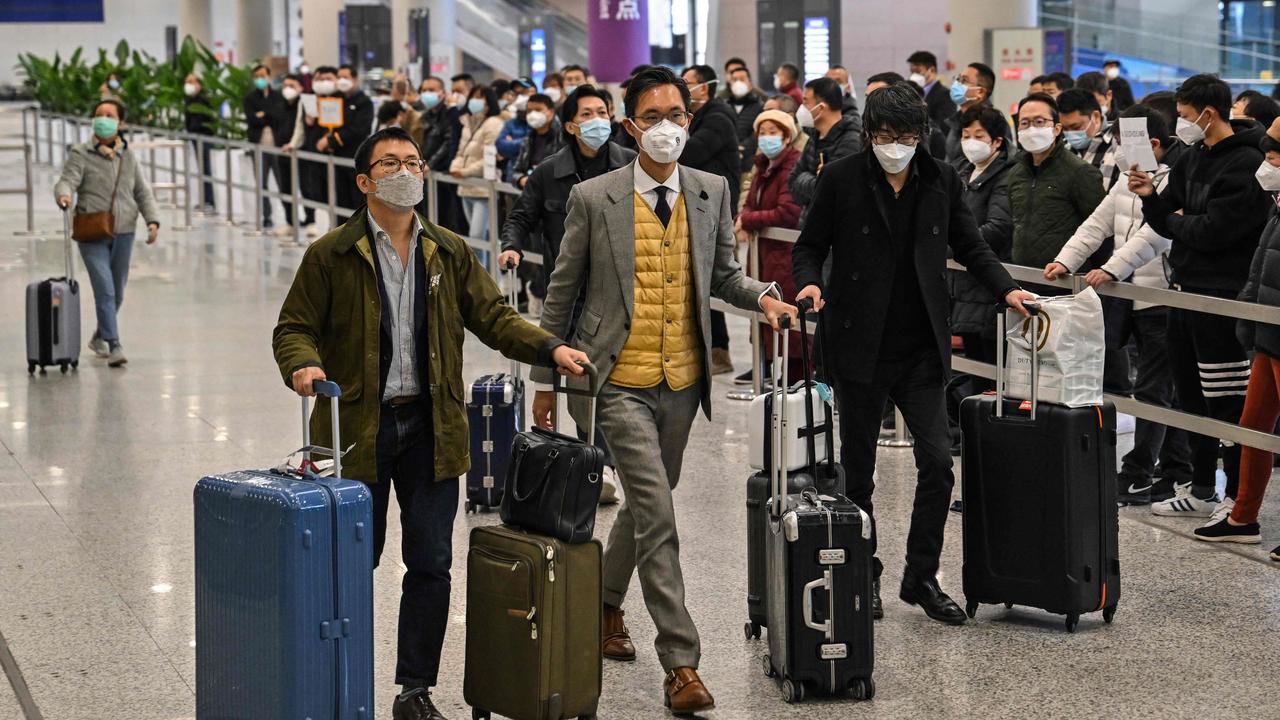Victoria’s Covid wave is slowing but mutant sub strain FU.1 in China, India likely on the way
A new mutant Covid strain called FU.1 — spreading in Asia and likely to hit Australia — is being mocked for its name but experts warn “it’s not a joke”.
Fears are growing a new Covid strain called FU.1 — detected in Asia and India — may pose the next big coronavirus threat to Victoria.
Experts are warning the mutant Omicron recombinant is now spreading worldwide at a 50 per cent faster rate than Arcturus (XBB.1.16).
FU.1 (also known as XBB.1.16.1.1) is spreading primarily in Shanghai, China, but has also been found in Thailand and India, among other countries.
“New Covid strain (XBB1.16.1.1 is its former name) has now been christened FU.1 and not as a joke. It’s 50 per cent more infectios than the current dominat strains and is just starting to spread worldwide. Expect another serious wave any time soon - don’t know how bad FU.1 is yet,” one Australian surgeon and public health educator tweeted this week.
In positive news, however, the latest Victorian Department of Health Covid figures
Exiting CHO Sutton reveals regrets on Covid response show cases, hospitalisations and deaths all dropped this week.

There were 3425 new cases reported in the state over the past week, with 244 Victorians hospitalised and 35 deaths, it tweeted.
The week before there were 3,956 Covid cases, 113 deaths — an average of 16 a day — and 313 people were hospitalised with the virus.
An average of 16 Victorians a day have died of Covid in the past week, up from nine the week before.
The department said on June 16 there remained “a substantial amount of Covid transmission in the community” which was being driven by multiple strains.
Omicron recombinant XBB sub lineages accounted for 85 per cent of circulating variants from wastewater surveillance, including XBB.1.16 (31 per cent), XBB.1.5 (13 per cent), XBB.1.9 (12 per cent), and other mixed XBB sub lineages (29 per cent).
Other variants include Delta/Omicron recombinant XBC (six per cent), CH.1.1 (seven per cent), and other strains at low levels.




